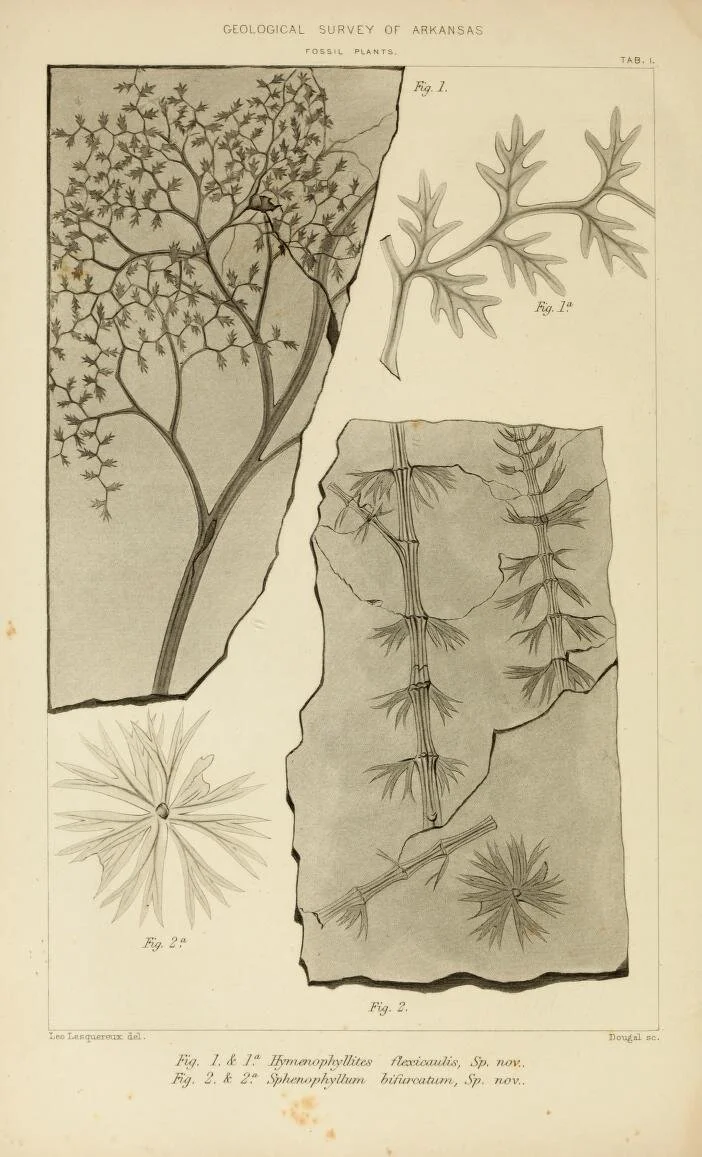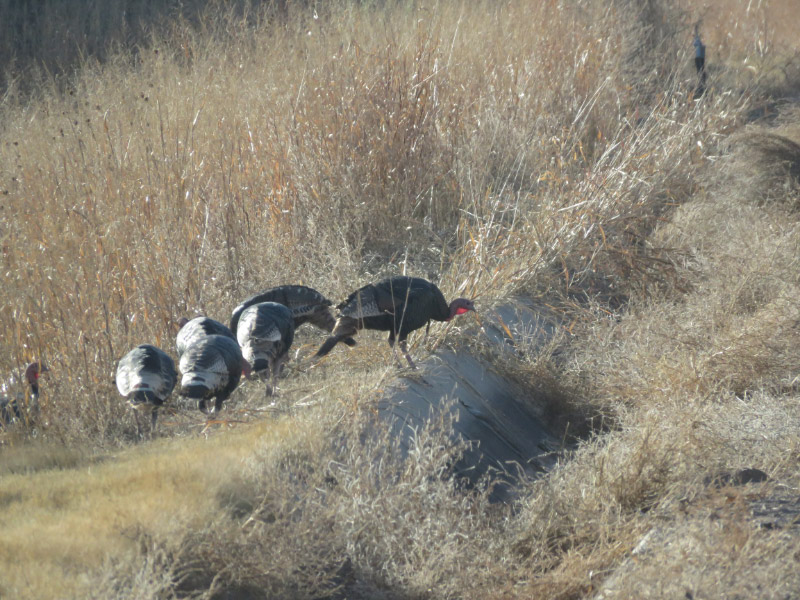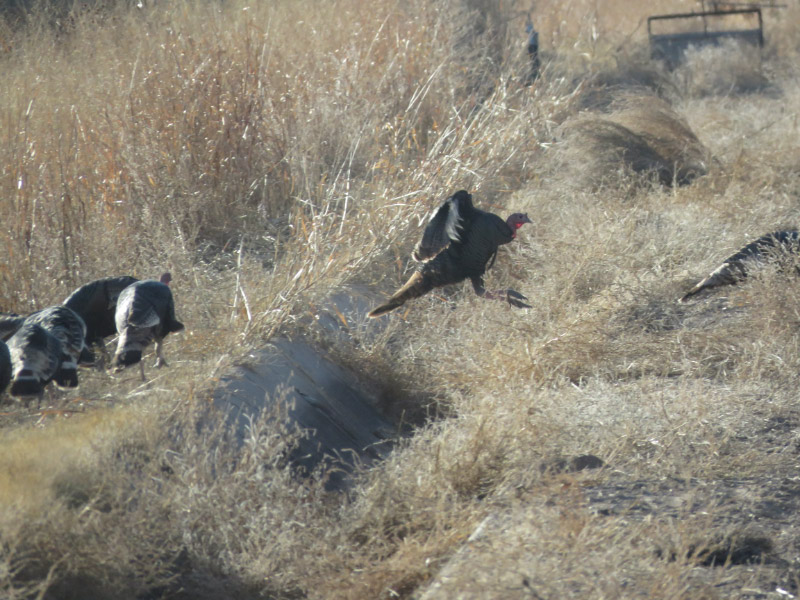eBotanical Prints – September 2021
/21 botanical print books browsed in September and added to the list. They were published over almost 300 years (1793 to 1981). The most recent volumes are documentation of threatened and endangered species. The earliest (Icones plantarum rariorum - Vol 3, sample image) was a volume from a series I had found before – but somehow missed this volume. There were some beautiful illustrations of plants I’m familiar with: tulip poplar, jack-in-the-pulpit, deciduous magnolia, maples, oaks, holly. There were also two volumes of plant imprints…geological botanical prints. I found several volumes that were fruit focused…more to come of those finds in October. Overall – a lot of variety in the September 2021 volumes.
The whole list of 2,229 botanical eBooks can be accessed here. The list for the September books is at the end of this post.
Click on any sample images in the mosaic below to get an enlarged version. Enjoy the September eBotanical Prints!
Plantae novae vel minus cognitae ex herbario Horti Thenensis V1 * Wildeman, Emile de * sample image * 1904
Plantae novae vel minus cognitae ex herbario Horti Thenensis V2 * Wildeman, Emile de * sample image * 1908
Les phanérogames des terres magellaniques * Wildeman, Emile de * sample image * 1905
Threatened and endangered plants of Nevada : an illustrated manual * Mozingo Hugh Nelson * sample image * 1981
Illustrated manual of proposed endangered and threatened species of Utah * Welsh, Stanley; Thorne, K. H. * sample image * 1979
Aquatic plants of Illinois; an illustrated manual including species submersed, floating, and some of shallow water and muddy shores * Winterringer, Glen Spelman; Lopinot, Alvin C. * sample image * 1966
Budding Life: a book of drawings * King, Jessie M. * sample image * 1907
The century supplement to the dictionary of gardening, a practical and scientific encyclopaedia of horticulture for gardeners and botanists * Nicholson, George * sample image * 1901
Pomologie française : recueil des plus beaux fruits cultivés en France V1 * Poiteau, Antoine; Turpin, Pierre Jean Francois * sample image * 1846
Pomologie française : recueil des plus beaux fruits cultivés en France V2 * Poiteau, Antoine; Turpin, Pierre Jean Francois * sample image * 1846
Icones plantarum rariorum - Vol 3 * Jacquin, Nicolao Josepho * sample image * 1793
The family flora and materia medica botanica V1 * Good, Peter Peyto * sample image * 1847
The family flora and materia medica botanica V2 * Good, Peter Peyto * sample image * 1847
Garden trees and shrubs illustrated in colour * Wright, Walter Page * sample image * 1913
Experimental pollination; an outline of the ecology of flowers and insects * Clements, Frederic Edward; Long, Francis Louise * sample image * 1923
Minnesota trees and shrubs : an illustrated manual of the native and cultivated woody plants of the State * Clements, Frederic Edward; Butters, Frederick King; Rosendahl, Carl Otto * sample image * 1912
Botanical and palaeontological report on the Geological State Survey of Arkansas * Lesquereux, Leo * sample image * 1860
The flora of the Dakota group, a posthumous work * Lesquereux, Leo * sample image * 1891
The nurseryman's pocket specimen book : colored from nature : fruits, flowers, ornamental trees, shrubs, roses, &c * Dewey, Dellon Marcus (publisher) * sample image * 1872
A report on the trees and shrubs growing naturally in the forests of Massachusetts V1 * Emerson, George Barrell * sample image * 1846
A report on the trees and shrubs growing naturally in the forests of Massachusetts V2 * Emerson, George Barrell * sample image * 1894
















































